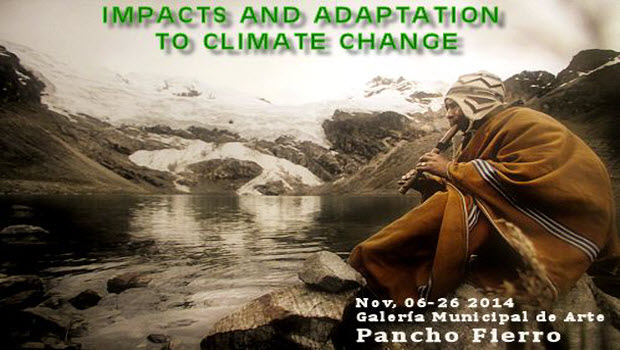
CARE Peru exhibit – adapting to Climate Change
Ahead of the upcoming UN Climate Change conference (COP20), the Municipality of Lima and the NGO CARE Peru are running a free photo exhibit that puts a brave and uplifting face on Peru’s struggle to deal with global warming.
The exhibit, Impacts and Adaption to Climate Change, will run through November 26 in the GalerÃa Municipal de Arte Pancho Fierro, just off the Plaza de Armas in Lima’s historic center.
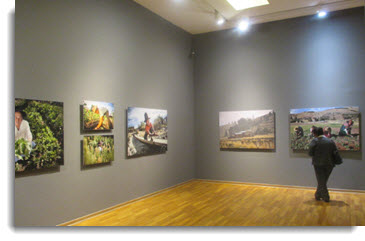
The most basic needs of Peruvians, such as access to water and food, are on the line. Therefore, it is urgent to cope and adapt to the impacts of climate change.
The exhibit features the work of renowned photographers Esteban Quevado, Vera Lentz Elmer Ayala, Zachary Bennett and Ana Castañeda. It focuses on the the work being done by CARE Peru throughout the country to improve the ability of families in vulnerable communities to increase their resilience to climate change.
CARE Peru’s programs work with the communities to organize themselves, drawing on traditional knowledge and combining that with innovative strategies to deal with rapidly changing conditions caused by global warming.
High Andean Zone
Food security is a right that guarantees families have access to sufficient nutrition to meet their dietary needs. The increased frequency and severity of frosts and drought results in lost crops, reduced production, and the death of livestock. Consequently, the cost of food increases. Nowhere is this scenario more stark than in Peru’s remote highland communities, where the struggle has always been to break away from subsistence agriculture.
CARE Peru promotes projects to empower community organizations, and in particular, the women in those communities. They also seek to revive and promote ancestral knowledge of Andean agricultural production, which are already suited to be adaptive to climate change.
Amazon Basin
More than 60% of Peruvian territory is covered by tropical forests. These forests are a source of natural resources, have a high biodiversity and are a vital regulator of the world’s climate. They are, in short, the lungs of our planet, absorbing carbon dioxide and producing oxygen.
One of the causes of climate change is the deforestation in the Amazon. The felling and burning of trees are activities that emit millions of tons of carbon into the environment. If this scenario is not mitigated, desertification could become uncontrollable and within a few generations the Amazon Rain Forest could come to be known as the Amazon Desert.
CARE Peru works with vulnerable populations in identifying sustainable, productive activities. Respecting customs and the use of forests is an important point for preserving the Amazon and improving the quality of life for those who live there.
Tropical Glaciers
Peru is home to 70% of the world’s tropical glaciers. As a result of global warming, in the last 40 years, 39% of them have disappeared. The communities that live around some of these mountains are among the poorest in Peru and are the most vulnerable to climate change because their main economic activities, like agriculture and livestock, are so heavily dependent on the glacial melt water.
CARE Peru’s programs in these communities focus on improving water management and promoting climate change-resistant crops, reforestation, pasture improvement, prevention of risks, and strengthening capacities of communities to resist, absorb and recover from threats quickly and efficiently.
This is a photo exhibit well worth seeing during your tour of Lima, or while you’re exploring the historic City of Kings on your own.
 Share this post on Facebook, Twitter and Google+
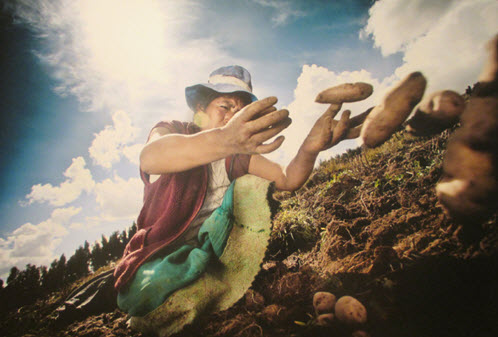
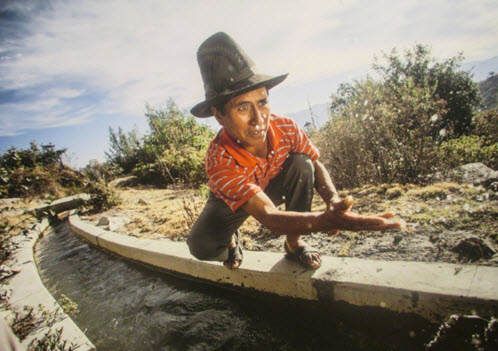
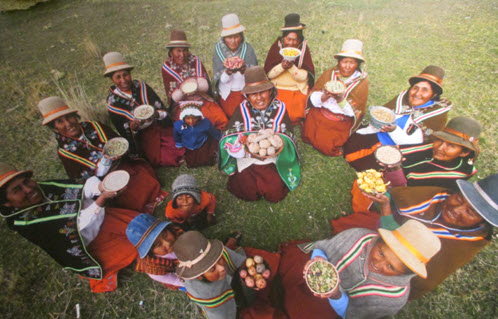
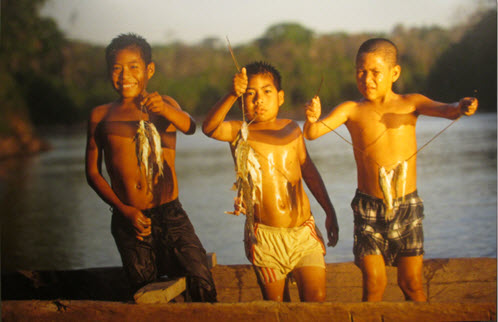
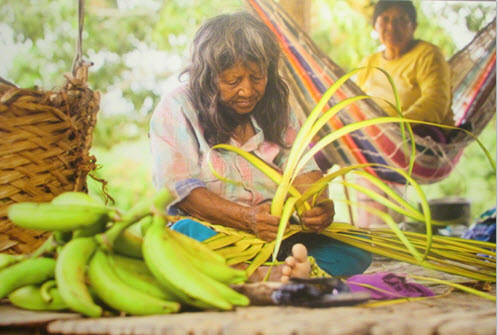
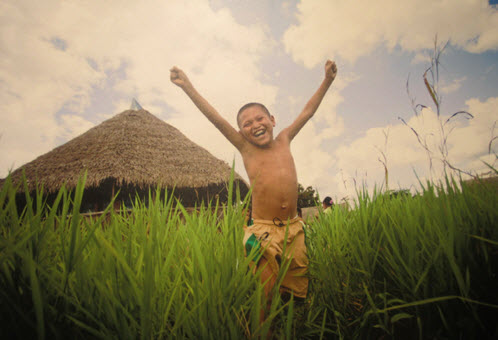
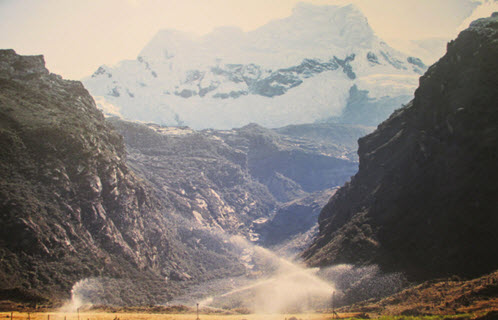
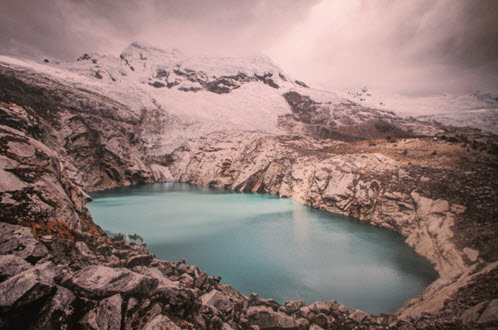
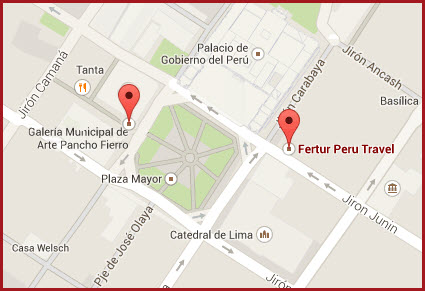
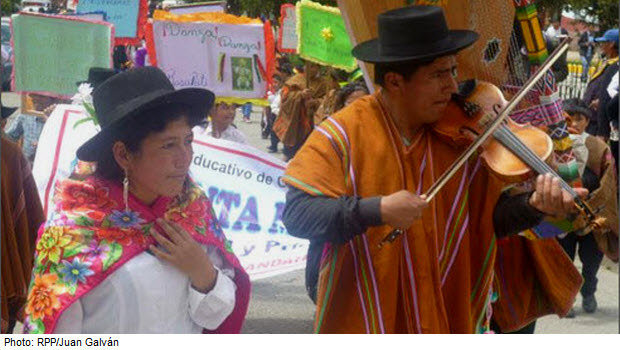 All Arts Festival underway in hommage to Arguedas
All Arts Festival underway in hommage to Arguedas  Pirates in Peru and the Lima DVD dilemma
Pirates in Peru and the Lima DVD dilemma  Hidden treasures in plain sight in Lima: Manuel Pariachi
Hidden treasures in plain sight in Lima: Manuel Pariachi 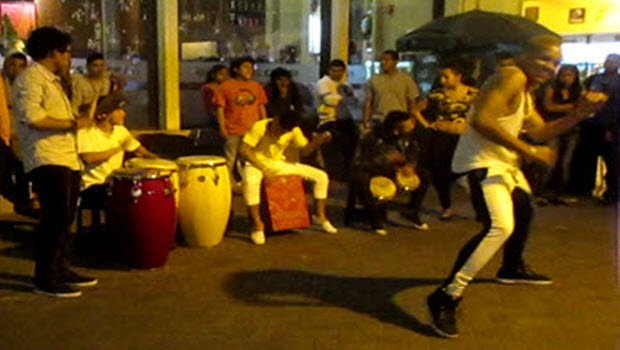 Trip to Peru: Lima’s street theatre renaissance
Trip to Peru: Lima’s street theatre renaissance  Peru celebrates the centennial birthday of Peruvian author and anthropologist Jose Maria Arguedas
Peru celebrates the centennial birthday of Peruvian author and anthropologist Jose Maria Arguedas  Wonder Woman’s magic bracelets re-imagined by real life heroine from Cusco
Wonder Woman’s magic bracelets re-imagined by real life heroine from Cusco  Fertur Peru Travel celebrates her Quinceañera
Fertur Peru Travel celebrates her Quinceañera 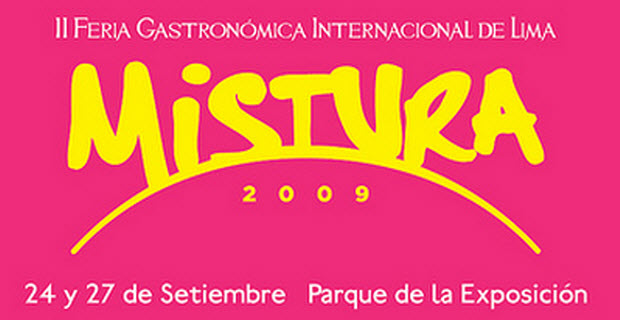 Mistura 2009 – Peruvian cuisine at its finest
Mistura 2009 – Peruvian cuisine at its finest